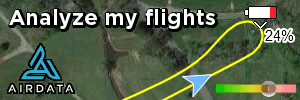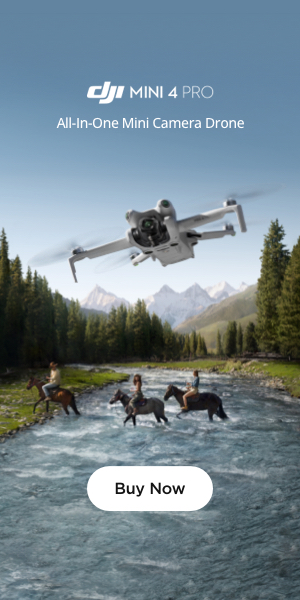What video settings do you recommend for waypoint recording of a construction building (several times per year), where I’ll add transitions in post to create a timelapse effect?
Would 60FPS with a fixed 1/120 shutter speed, ISO 100/200, and fixed white balance work best?
Or would auto settings be better, considering we can’t predict the weather or lighting a month or two in advance? Since I will probably take 5-6 recodings in the next year (every 2-3 months I guess).
I also have ND filters if you think they’d help.
Or is the best approach to try and record all waypoint shots (across all months) during similar weather and lighting conditions (e.g. cloudy days)?
Thanks a lot!
Also, any tips and tricks for this are more than welcome. Thanks!
Would 60FPS with a fixed 1/120 shutter speed, ISO 100/200, and fixed white balance work best?
Or would auto settings be better, considering we can’t predict the weather or lighting a month or two in advance? Since I will probably take 5-6 recodings in the next year (every 2-3 months I guess).
I also have ND filters if you think they’d help.
Or is the best approach to try and record all waypoint shots (across all months) during similar weather and lighting conditions (e.g. cloudy days)?
Thanks a lot!
Also, any tips and tricks for this are more than welcome. Thanks!









